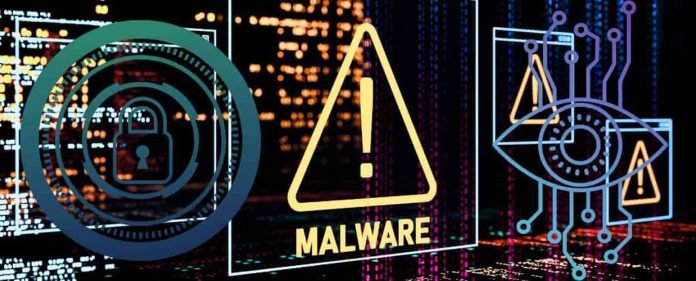In an increasingly digital world, the threat of malware looms large over our devices and personal information. Malicious software, or malware, poses a significant risk to our privacy, data, and financial well-being. From viruses and ransomware to phishing attacks, the forms of malware are diverse and ever-evolving. Understanding cybersecurity basics and implementing effective protective measures to safeguard your devices and personal data is crucial.
Tips to Protect Your Devices from Malware
Some practical tips to protect your devices from malware are discussed below.
Install Reliable Antivirus and Antimalware Software
A robust first line of defense is a reliable antivirus and antimalware software. These programs are designed to detect and remove malicious software from your devices. Choose a reputable security solution and keep it up-to-date to protect your devices constantly from the latest threats.
Regularly Update Operating Systems and Software
Operating system and software updates often include security patches that address vulnerabilities that malware could exploit. Make it a habit to regularly update your operating system, applications, and security software to keep your devices fortified against potential threats.
Exercise Caution with Email Attachments and Links
Emails are a common vector for malware distribution. Be cautious when opening email attachments or clicking links, especially if the sender is unknown or the email seems suspicious. Verify the legitimacy of the sender before interacting with any email content.
Implement Strong and Unique Passwords
Using strong and unique passwords for your online accounts is fundamental to cybersecurity. Cybercriminals can easily exploit weak passwords. Utilize a combination of uppercase and lowercase letters, numbers, and symbols to create a robust password that’s difficult to crack.
Enable Two-Factor Authentication (2FA)
Two-factor authentication (2FA) provides an additional layer of security by requiring a second verification step beyond your password. It could involve receiving a text message with a code or using a biometric authentication method. Even if a cybercriminal gains access to your password, 2FA makes it significantly more challenging for them to breach your accounts.
Be Mindful of Download Sources
Downloading software, apps, and files from only trusted sources is essential to protect your devices from malware. Downloading content from unverified websites or unofficial app stores increases the risk of downloading malware-infected files. Stick to official app stores and websites to ensure your safety.
Regularly Back Up Your Data
In the unfortunate event that your device falls victim to malware or a ransomware attack, having up-to-date backups of your data can save you from significant loss. Regularly back up your important files to an external drive or a secure cloud storage service.
Secure Your Wi-Fi Network
A secure Wi-Fi network prevents unauthorized access to your devices and data. Change the default router login credentials, use strong Wi-Fi passwords, and consider enabling WPA3 encryption for added security. Regularly review connected devices to ensure no unknown devices are accessing your network.
Educate Yourself and Practice Vigilance
Stay informed about the latest malware threats and cyber attack techniques. Knowing potential risks can help you recognize suspicious behavior and take prompt action to protect your devices and data. Watch for warning signs such as unexpected pop-ups, system slowdowns, or unusual network activity.
Avoid Public Wi-Fi for Sensitive Transactions
Public Wi-Fi networks are often less secure and more susceptible to cyber-attacks. Avoid conducting sensitive transactions, such as online banking or shopping, while connected to public Wi-Fi. If you need to access sensitive information, consider using a Virtual Private Network (VPN) to encrypt your connection.
Keep Personal Information Private
Be cautious about sharing personal information online. Cybercriminals can use personal details to craft convincing phishing emails or gain unauthorized access to your accounts. Limit the personal information you share on social media and other online forums.
Regularly Monitor Your Accounts
Frequently review your financial and online accounts for any suspicious activities. If you notice any unauthorized transactions or changes to your funds, take immediate action to secure your accounts and report any fraudulent activity.
Conclusions
In a digital landscape fraught with threats, safeguarding your devices from malware is necessary. By following these cybersecurity basics, you can significantly reduce the risk of falling victim to cyber-attacks and maintain the security of your personal data and digital life. Remember, cybersecurity is an ongoing process that requires your attention and vigilance to stay one step ahead of potential threats.



